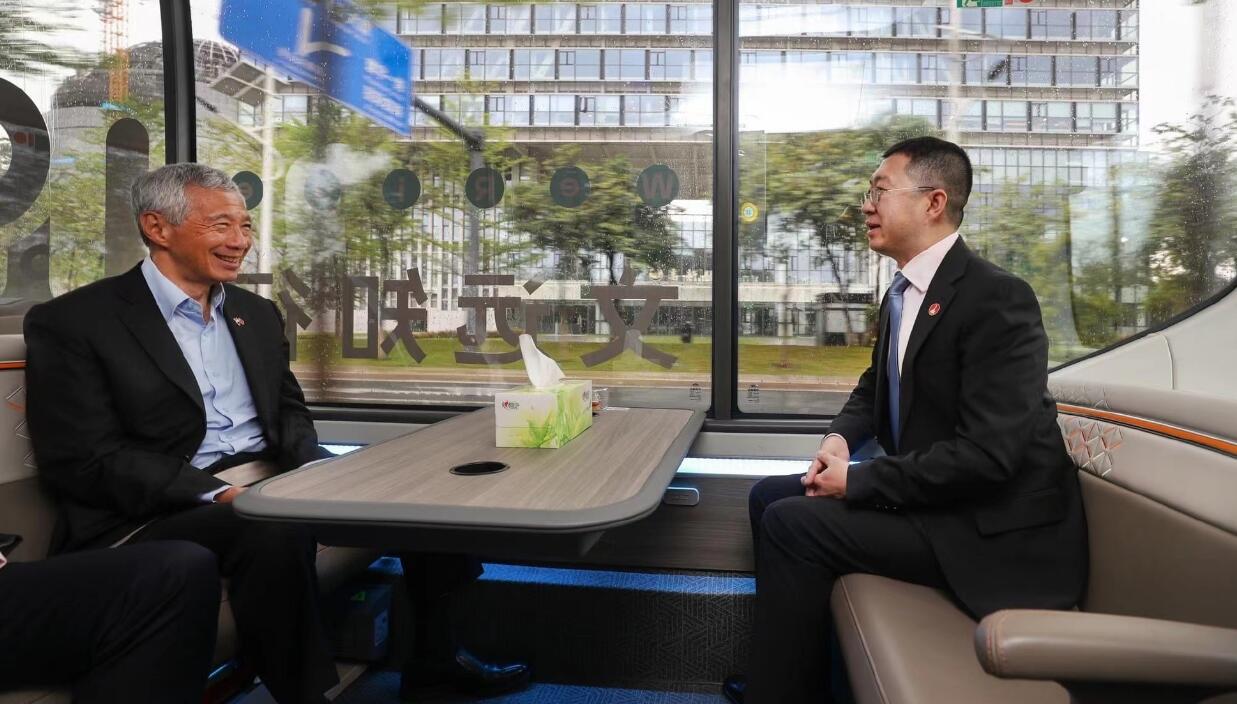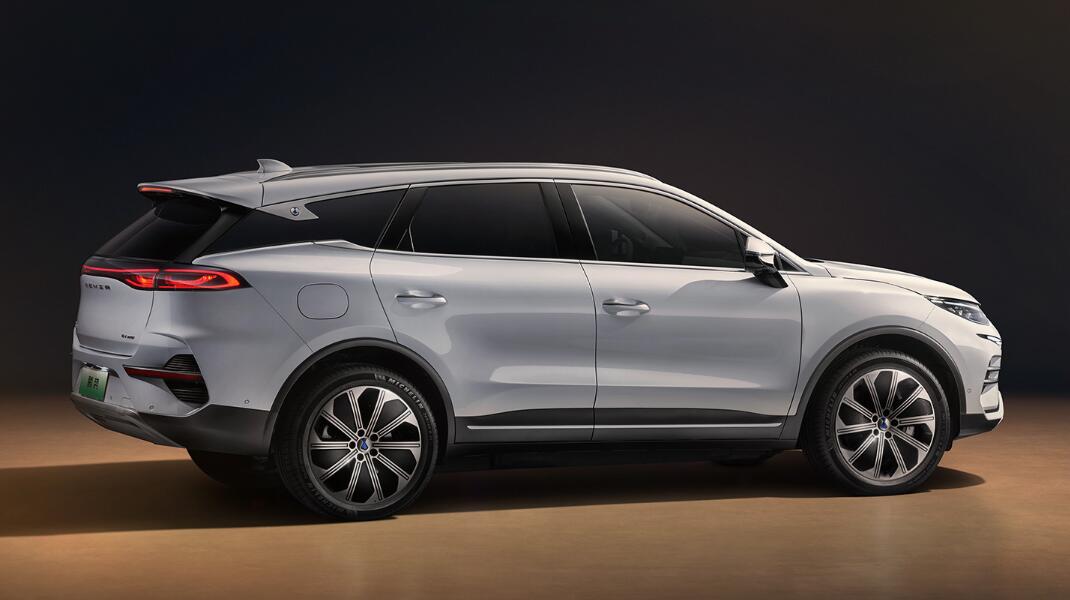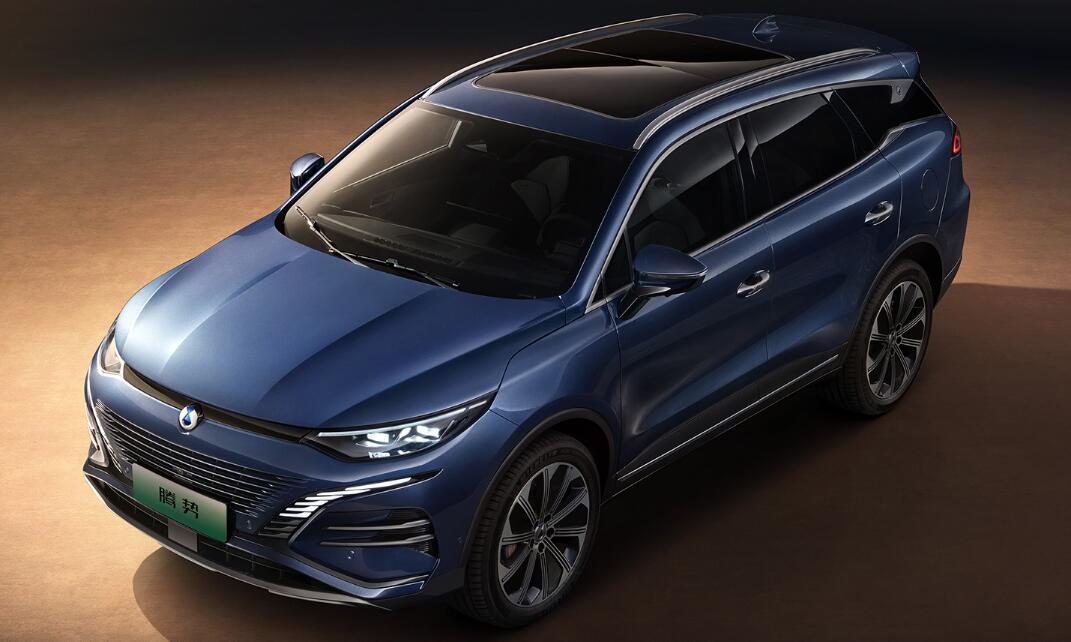In September 2022, WeRide launched its Singapore company and signed a memorandum of cooperation with a subsidiary of a local public transport operator in November.

(Image credit: WeRide)
Chinese self-driving startup WeRide plans to start testing autonomous vehicles in Singapore this year, as it begins to set its sights on Southeast Asian markets.
WeRide will work with Strides, a subsidiary of Singapore's largest public transport operator SMRT, to test and pilot self-driving vehicles in the Southeast Asian country, according to an article yesterday on its official WeChat account.
In September 2022, WeRide established the Singapore branch and signed a memorandum of cooperation with Strides in November, according to the article.
SMRT and another Singaporean investment house, K3 Ventures, are both strategic investors in WeRide, and they will help the company grow in Singapore and Southeast Asian markets, the article said.
On March 27, Singapore Prime Minister Lee Hsien Loong kicked off a six-day visit to China and visited WeRide's headquarters in Guangzhou, said the article.

WeRide's office in Singapore is hiring talents there, and the company will use the office as a regional development center for Asia Pacific operations, according to its founder and CEO Han Xu.
Founded in Guangzhou in 2017, WeRide's products include Robotaxi, Mini Robobus, Robovan, Robo Street Sweeper and SAE L2-L4 advanced smart driving solutions.
WeRide is now testing and operating driverless vehicles in 25 cities in 5 countries, according to the article.
The company has a fleet of more than 500 self-driving vehicles and more than 16 million miles of autonomous driving, WeRide said.
On March 13, Bloomberg reported that WeRide has confidentially filed for an initial public offering in the US and hopes to raise as much as $500 million.
WeRide is poised to go public as early as the first half of this year, according to the report.
In March 2022, local media outlet LatePost reported that WeRide had closed a new round of over $400 million in financing, with a post-investment valuation of $4.4 billion.
Investors in the round included GAC Group, Bosch, China-Arab Investment Funds, and Carlyle Group, the report said.

WeRide unveils smaller, lower-cost self-driving sensor suite
The post Chinese self-driving startup WeRide plans to start autonomous vehicle testing in Singapore this year appeared first on CnEVPost.
For more articles, please visit CnEVPost.



















